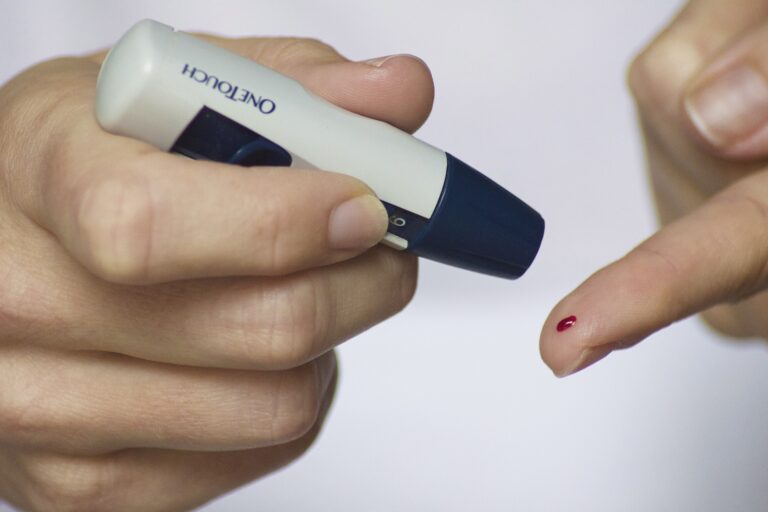Hearing your obstetrician, nurse practitioner, or midwife tell your pregnancy is high-risk, might be alarming. The term “high-risk pregnancy” can refer to a number of different problems that puts the mother’s or the fetus’ health or life at jeopardy. Many of them are linked to pre-existing conditions you may have had prior to becoming pregnant, as well as conditions you may have developed during your pregnancy or delivery. Let’s look at the FAQS about high-risk pregnancy, and talk about how Remote Patient Monitoring can be of help.
What are the risk factors for a high-risk pregnancy?
- Existing medical issues, such as hypertension, diabetes, or HIV infection
- Obesity and being overweight. High blood pressure, preeclampsia, gestational diabetes, stillbirth, neural tube abnormalities, and cesarean delivery are all linked to obesity. Obesity can increase an infant’s risk of cardiac issues by 15% at birth.
- Multiple births. Complications are more likely in women who are carrying multiple fetuses like preeclampsia and preterm birth.
- Maternal age, young or old. Preeclampsia and gestational high blood pressure are more likely in teens and mothers over 35 who are pregnant.
What are the possible complications of high-risk pregnancy?
- High blood pressure from pregnancy
- Seizure from pregnancy
- Premature birth
- Birth via cesarean section
- Excessive bleeding during or after labor and delivery
- Birth weight might be low or high
- There are issues with your child’s brain development
- Your child will be admitted to a neonatal critical care unit
- You will be admitted to the intensive care unit
- Miscarriage
- Stillbirth
How to prevent High risk pregnancy?
- Avoid drugs and alcohol.
- Identifying possible health risks prior to conception.
- Make sure medications are safe to use while pregnant.
- Smoking cessation.
- Pregnancies between the ages of 18 and 34 are planned.
- Having sex in a safe manner.
How to manage high risk pregnancy?
- Follow-up with your obstetrician more frequently.
- Consult with a specialist in maternal-fetal medicine.
- Your doctor may refer you to other medical specialists.
- More frequent ultrasounds and a more thorough examination of the fetus are needed.
- Blood pressure monitoring can be done at home.
- Medication used to treat pre-existing conditions must be closely monitored.
How can remote patient monitoring help in high-risk pregnancy?
- Remote patient monitoring delivers life-saving medical monitoring like blood pressure, heart rate and oxygen saturation.
- Improves access to care in remote areas.
- Enables more time management for healthcare in the comfort of the home.
- Prevents contact to infectious diseases.
- Provides early detection of any deviation from normal.
Takeaway
Pregnancy follows a predictable pattern for the great majority of women. However, some women face medical issues that affect their health or the health of their infants. This type of pregnancy is known as a high-risk pregnancy, and being informed of the surrounding factors regarding this condition can help a lot in managing it.








